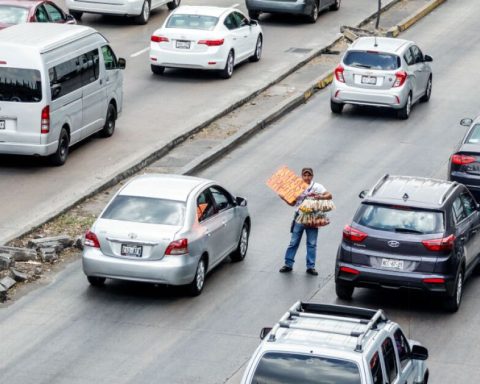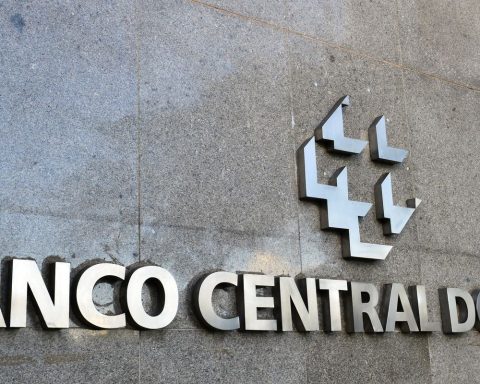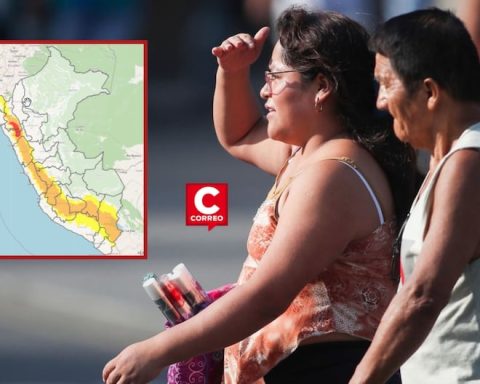The short cycle programs (PCC) are higher-level studies that offer practical, specialty-oriented training that is shorter (2-3 years) compared to a bachelor’s degree. According to an investigation by the World Bank, this type of training has had slow progress in the Latin American region, but it may be the key to closing the gap. skills gapdeveloping in people the skills demanded by the market.
“We believe that these programs hold great promise for the region and the reason is because they form qualified human capital quickly, so important to increase productivity and they do it in traditional areas such as electronics, tourism, advertising or programming, but also in more innovative areas such as application design, cybersecurity, nanotechnology or industrial automation”, explained María Marta Ferreyra, Senior Economist at the World Bank.
Faced with an increasingly automated market, with the transformation of jobs and the demand for technical skills in companiesuniversity higher technical training, as PCCs are called in Mexico, can be a route to address the talent crisis faced by some sectors and prepare people for the current labor market, the study refers The fast track to new skills: Higher education short programs in Latin America and the Caribbean.
In general terms, PCCs have favorable academic and work results. In almost all the countries of the region the short programs have a higher graduation rate than university coursesand although their income and formal employment levels tend to be lower than bachelor’s degrees, their formality rates and remuneration are higher than those of a person with incomplete university studies.
“We see a future of lifelong learning educationthat is fair and with a purpose, which is to provide training, coaching and long-term learning,” said Michael Fung, executive director of the Institute for the Future of Education at Tec de Monterrey, during the presentation of the study.
Although the results in employment can be varied depending on the field of specialization of the university technical trainingthe World Bank highlights in the study that the market for short programs is usually more dynamic and with more rotation than that of university courses.
However, despite the positive aspects of short education programs, Latin America and the Caribbean lags behind in this area. The latest data available indicate that in our region, only the 9% of tuition of higher education is found in the PCC, one of the lowest in the world, despite the fact that since 2000 the number of university students has tripled.
“This great expansion of higher education in the last 20 years has been biased in favor of university careers and against short programs, and this may be one of the reasons why we have this mismatch between the skills produced by the higher education system and the skills required by companies,” said María Marta Ferreyra.
At the regional level, the progress of higher technical education it has had a different rhythm, while in economies like Colombia it is just over 30% and in Peru 25%, in Mexico, Costa Rica, Honduras or Panama the proportion of students enrolled in PCC is less than 5 percent.
“At this critical moment, the region is clearly looking for different results in its educational systems, it is looking for greater productivity, but for that it needs different policies and strategies, we are not going to have different results doing the same thing as before and it needs them now, that is why it is that now is the time for short programs”, pointed out the World Bank economist.
Social stigmas, the biggest challenge
According to World Bank research, one of the main challenges for higher education short programs have greater acceptance among young people are the stigmas that this type of training has, such as the perception that they are escape valves when it is not possible to access a bachelor’s degree.
“PCCs carry the stigma of representing the least valued option with respect to college programs. It is rare that a student’s dream is to graduate from a PCC, or that a mother’s or father’s dream is to see their daughters or sons graduate from a PCC program. PCCs are seen as the option to take when you can’t get to the best — a college program,” the organization highlights in the report.
In this sense, María Marta Ferreyra believed that one of the alternatives so that short programs are not perceived as “a dead end” or an option that will limit professional growth, is that higher education advance to the credentialing by modules.
“Think about the higher education as a series of modules that can be accumulated, perhaps first for a short program and then for a university program, and each module will lead to a credential that will be awarded when the student acquires the competence associated with that credential”, explained the specialist.
In addition to this, the economist considered that among the main aspects to put an end to social stigmas Around the short programs are:
- Sharing information about CCPs
- Regulate higher technical training
- Financing
- Education Flexibility
“In an economy where students have information about the short programs and they know that there are some very good ones, much better than many university programs, in an economy where the regulator makes sure that there are only good short programs, where there are means to access them and there is the flexibility to maybe do a short program first and then one college careerin that type of economy the stigma would be less”, he stressed.
On the other hand, added María Marta Ferreyra, many students are not looking for long careers for various reasons, such as generational change, the constant transformation of skills or the economic requirement that limits working people to take an academic program at the bachelor’s level; elements that must be taken into account to strengthen the higher technical training.














